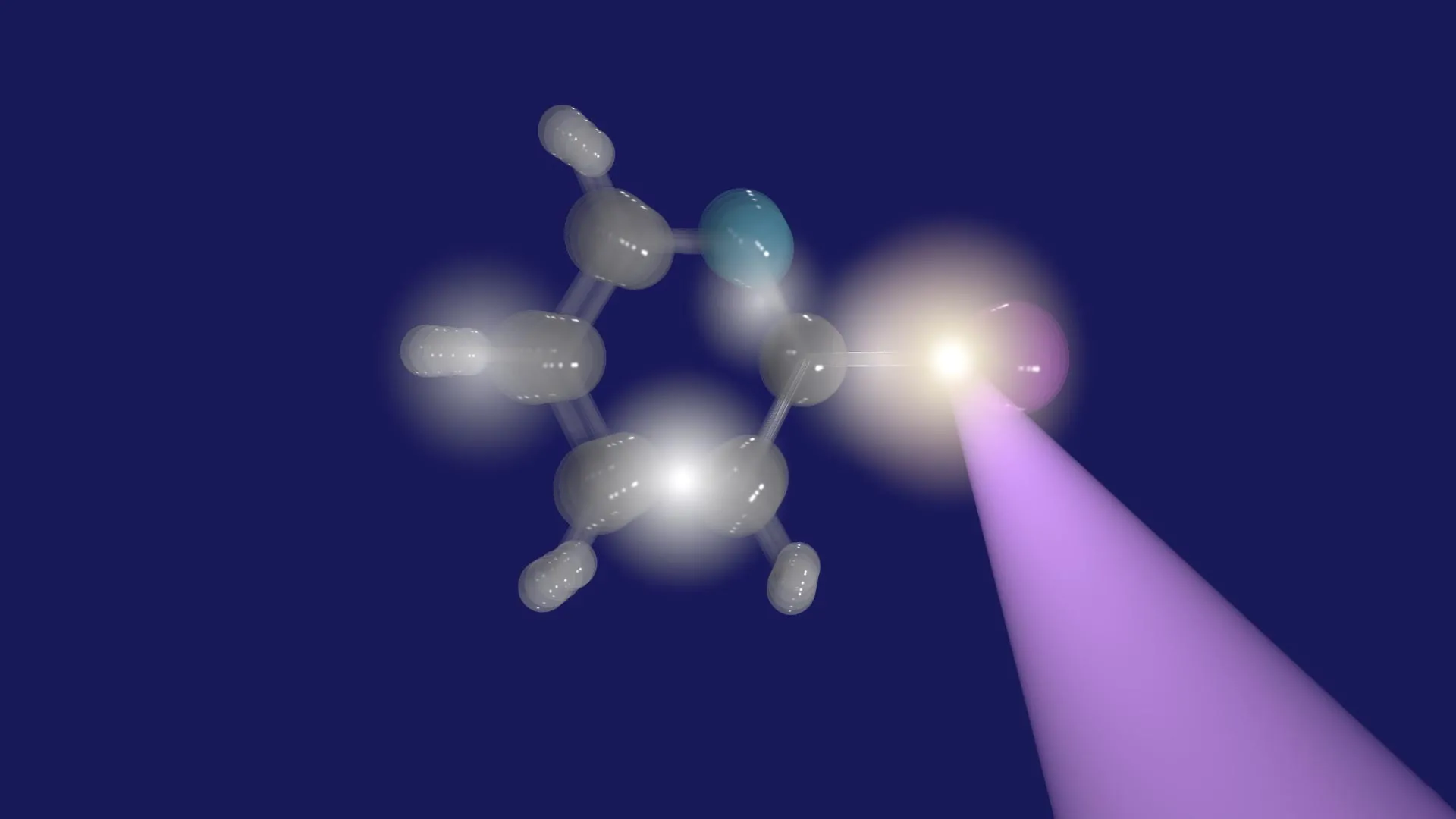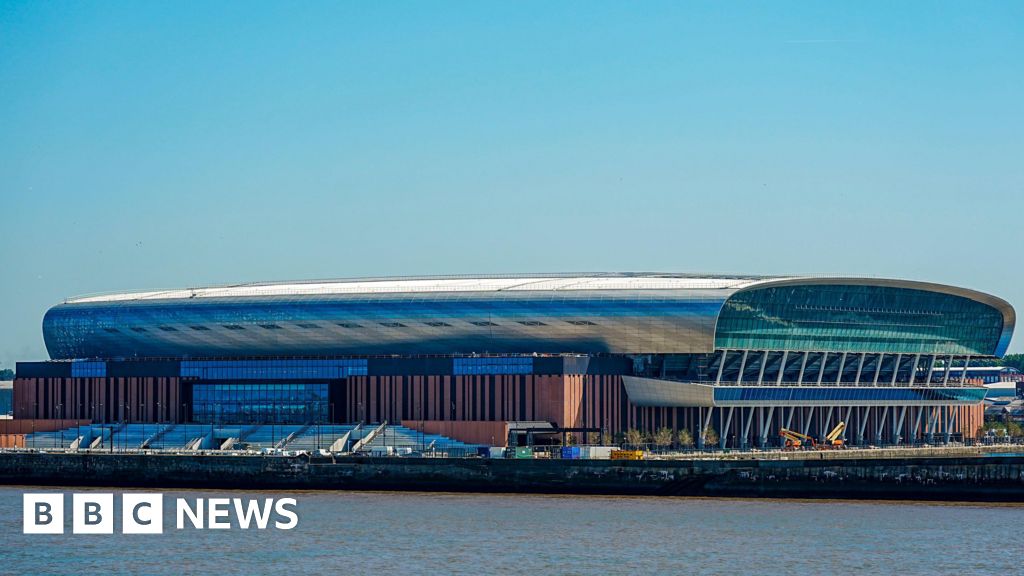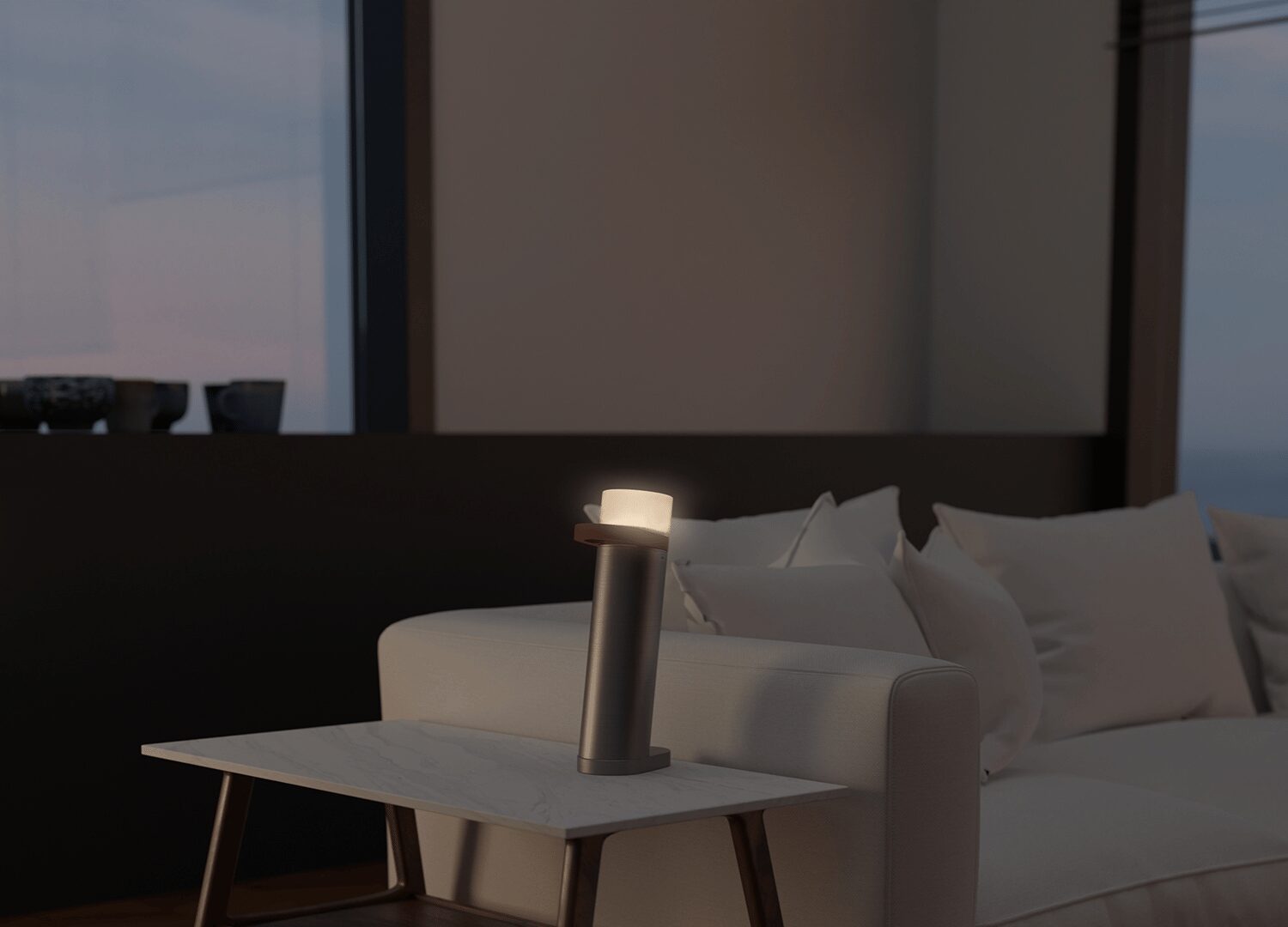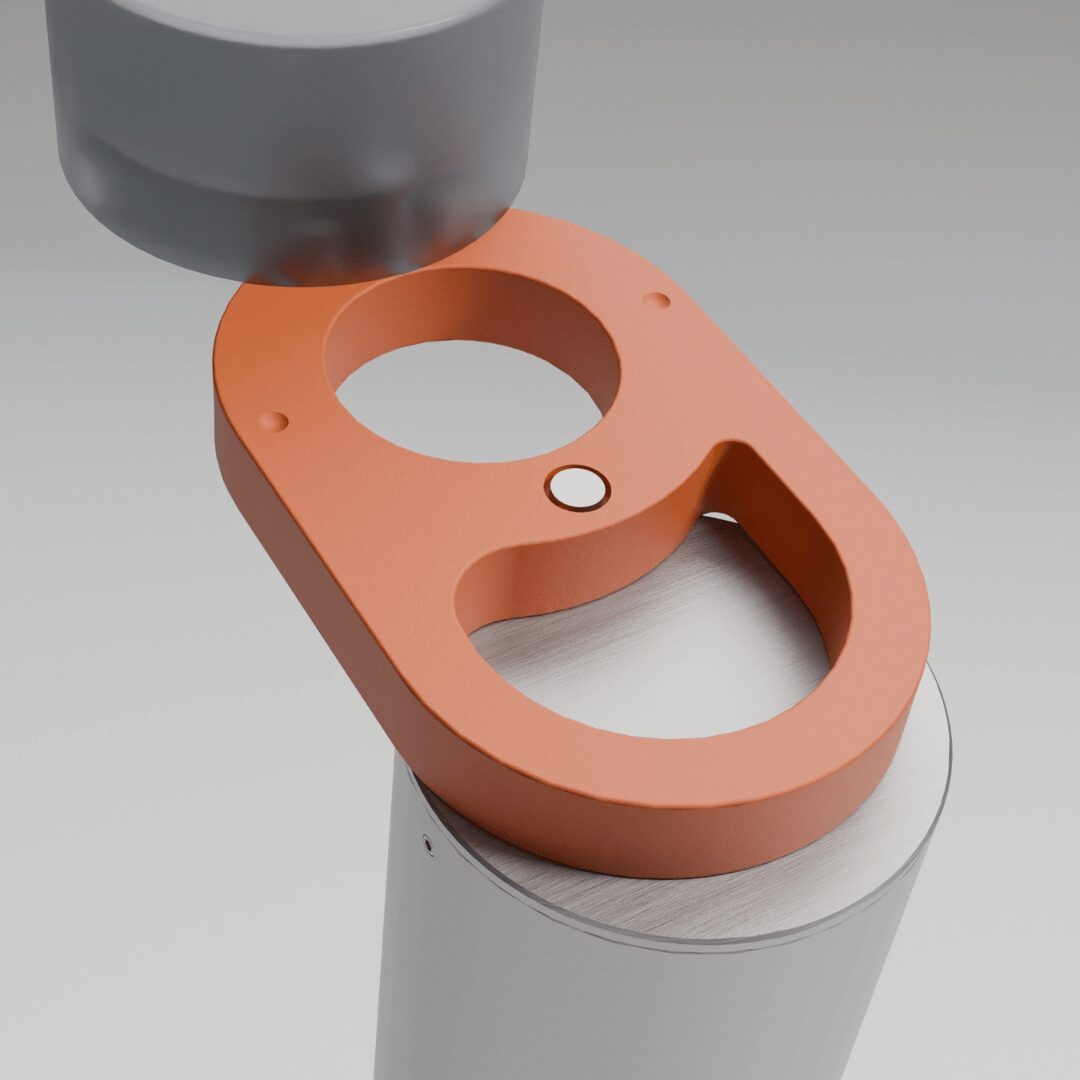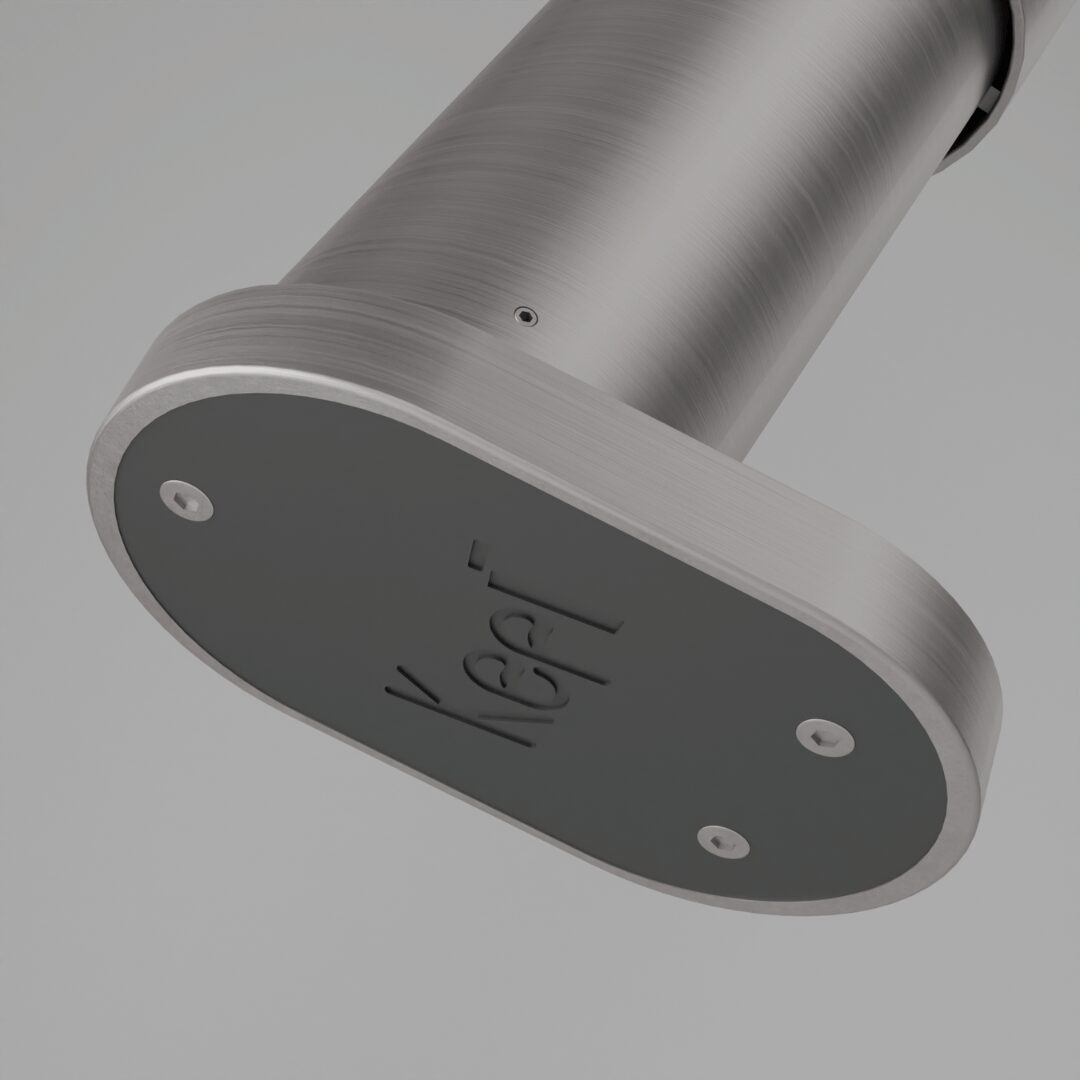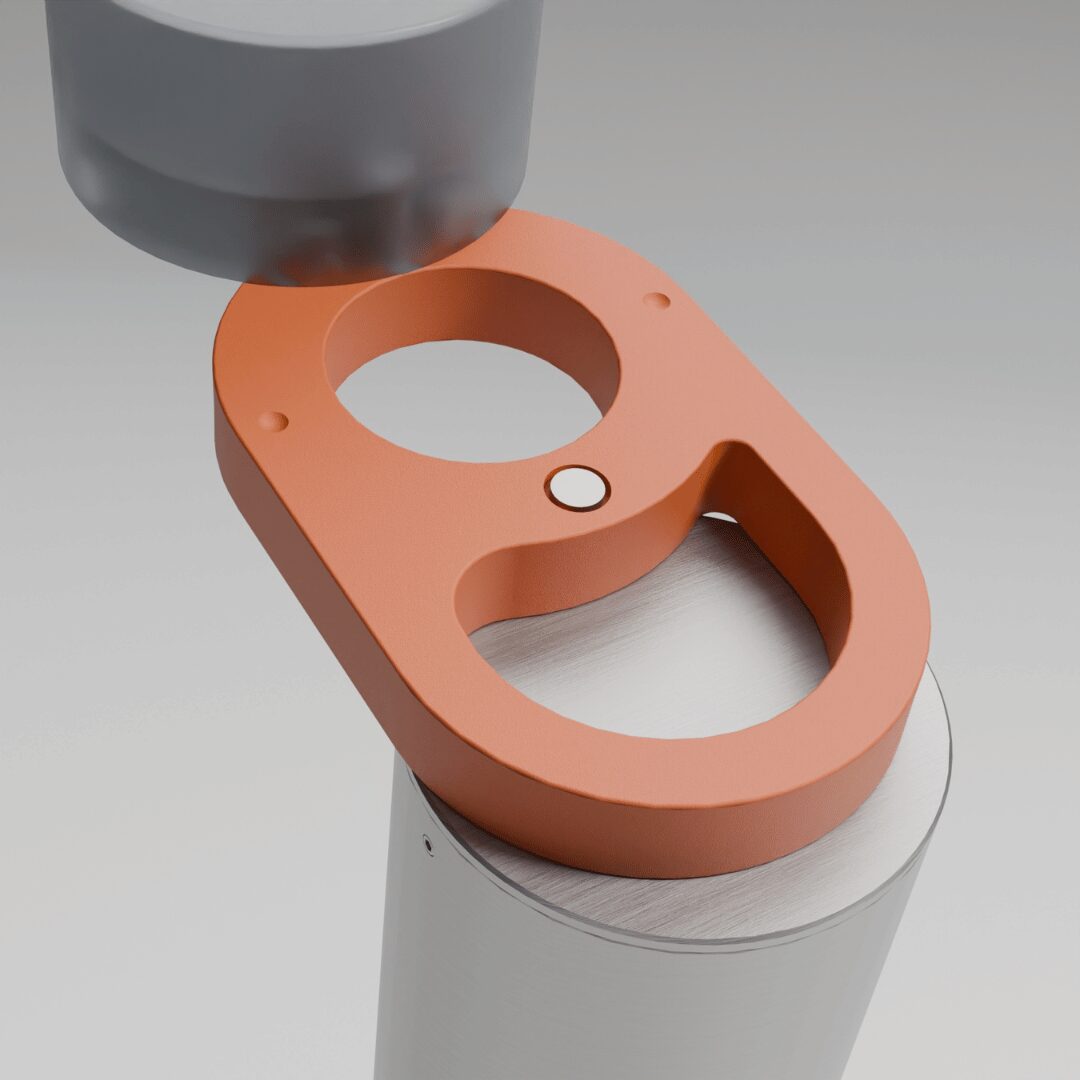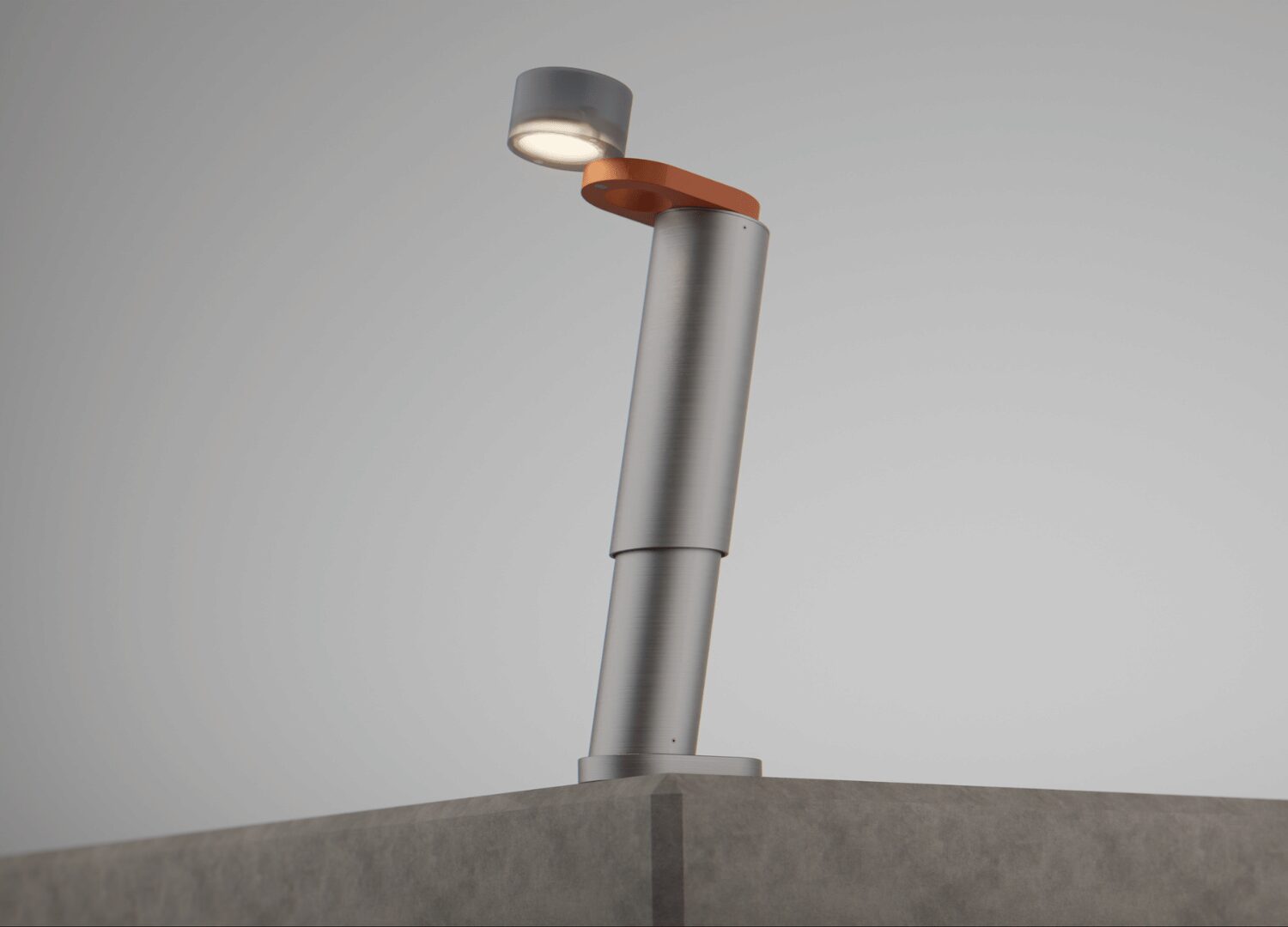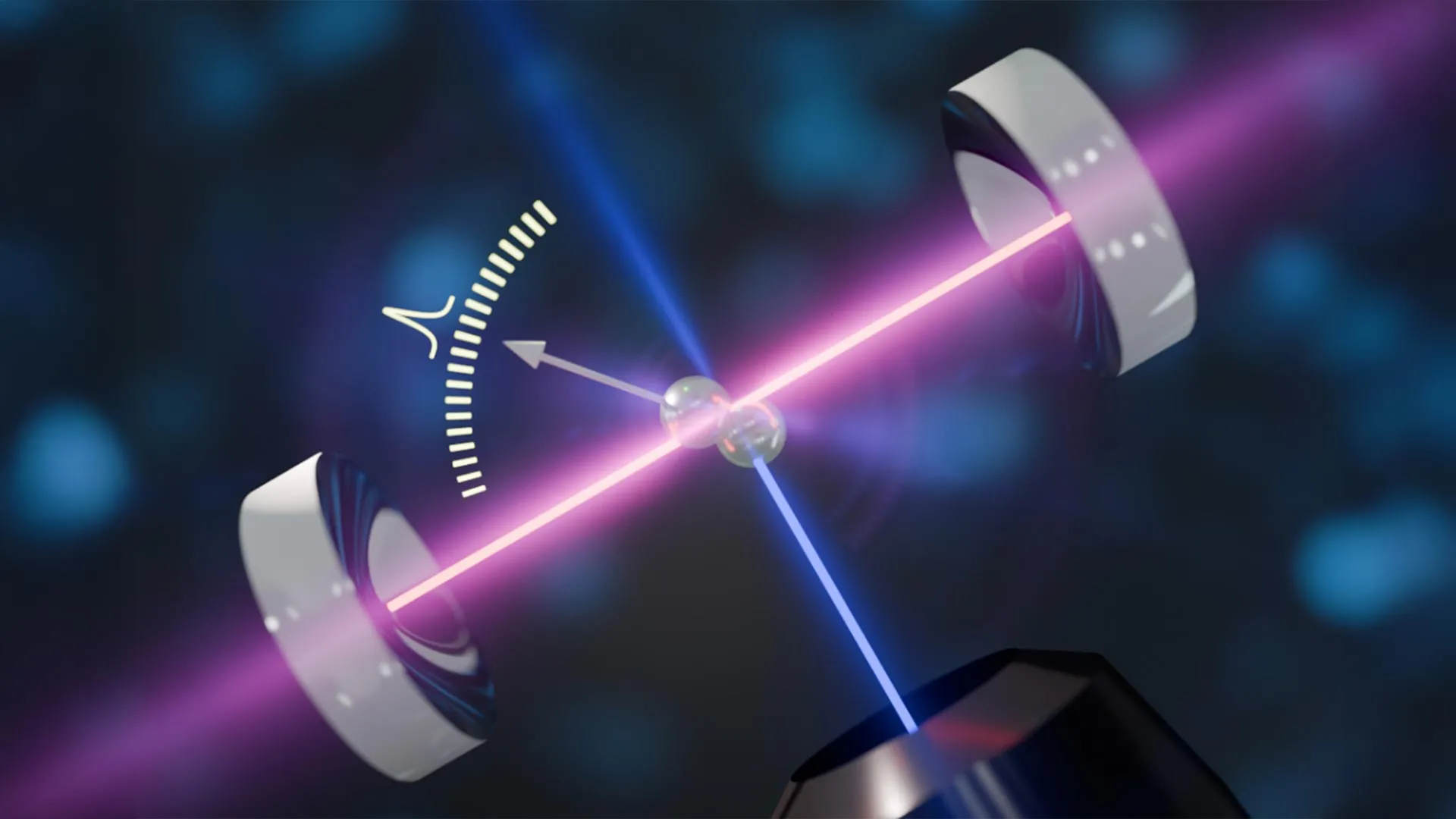Trisura Group Ltd., a specialty insurance provider, reported an operating net income of $33.3 million for the second quarter of 2025, up 6.4% from $31.3 million in the same quarter a year earlier, driven by growth in underwriting income and net investment income.
The company posted a net income of $37.1 million, up 36.8% from $27.1 million, primarily due to higher net gains on its investment portfolio.
Underwriting income for the quarter totalled $28.2 million, a 10.9% increase from $25.4 million.
Net investment income rose 11.6% to $18.9 million from $16.9 million.
Despite strong underwriting performance across the portfolio, Trisura’s combined ratio increased by 0.9 points to 85.6% in Q2’25, compared to 84.7% in Q2’24. This was driven by a rise in the expense ratio to 52.4% from 51.3%, which more than offset a slight improvement in the loss ratio to 33.2% from 33.4%.

Gross premiums written amounted to $900.4 million, down 5.8% from $956.1 million.
Net insurance revenue increased by 18.1% to $195.8 million from $165.8 million.
The company posted an operating return on equity (ROE) of 17.8%, down 1.8 points from 19.6% a year earlier, as strong profitability from core operations continued but was partially offset by disproportionately higher shareholders’ equity due to unrealised gains on the investment portfolio.
David Clare, President and CEO of Trisura, said, “In Q2, we achieved a strong Operating ROE of 17.8% with Operating net income of $33.3 million or $0.69 per share. We continued to benefit from our Specialty focus, disciplined underwriting and growing investment income. Profitable underwriting resulted in a quarterly Combined ratio of 85.6%. We observed the most significant growth in Primary Lines, with a 35.1% increase across segments which carry a significantly higher underwriting margin profile and contribute most meaningfully to profitability.
“We continue to make progress in our Surety platform, with 60.7% growth in quarterly premiums as we gain momentum in the US and expanded our Canadian presence. In the quarter, we further capitalized our US Surety balance sheet, enhancing its capacity to underwrite, while maintaining a conservative 13.8% Debt-to-capital ratio, demonstrating a strong posture to continue pursuing accretive growth.
“Consistent growth in book value, reaching a new record $843 million at Q2, has been achieved through strong underwriting and investment returns.”



